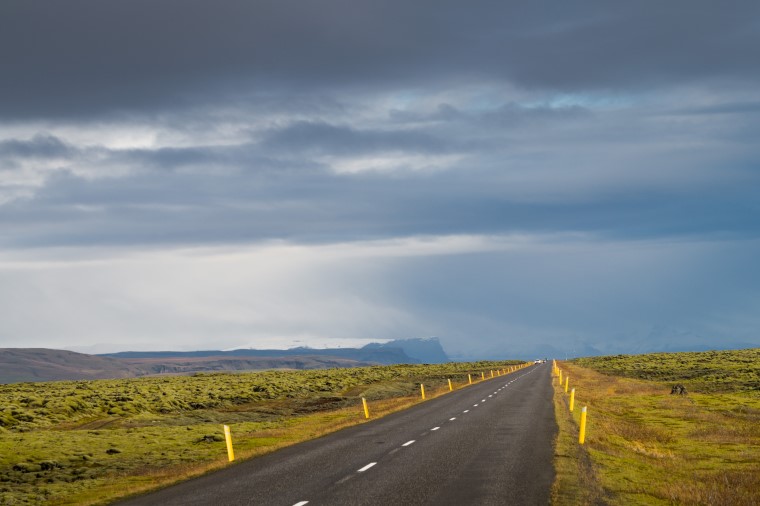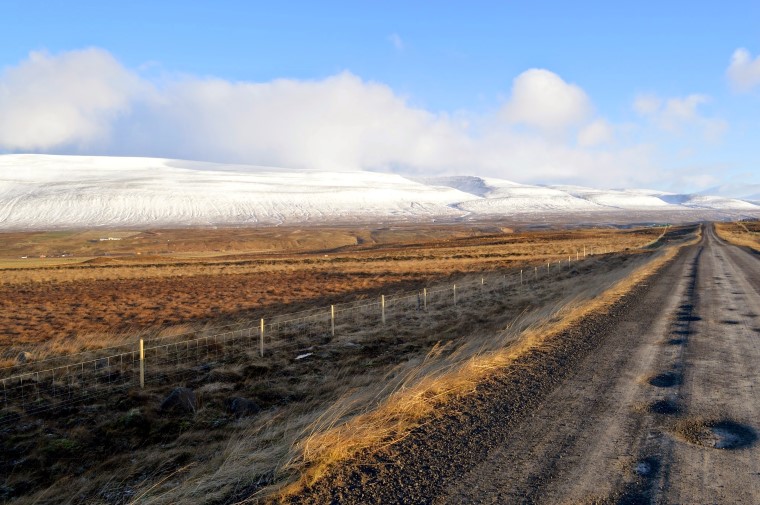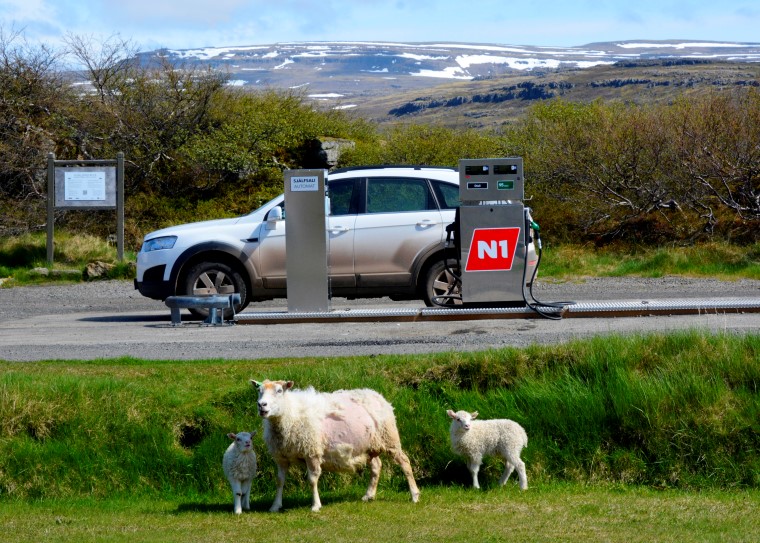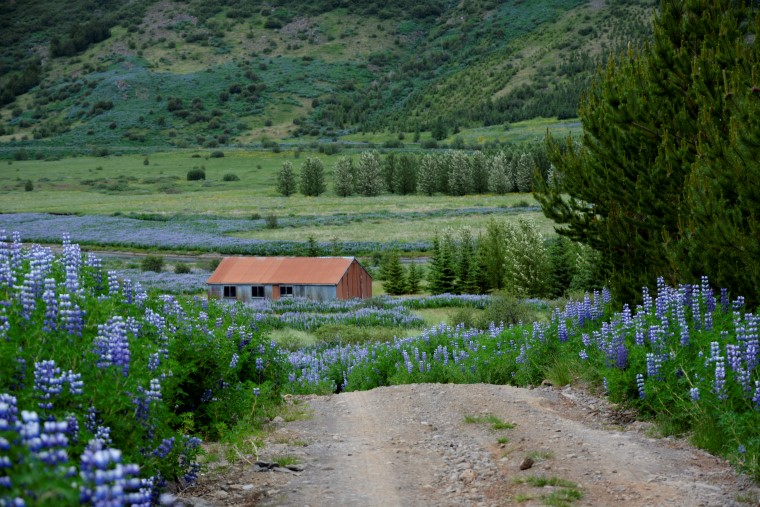Driving in Iceland is an experience in and of itself. There is a new adventure to be uncovered around every bend and endless adventures await. Driving past magnificent glaciers, steep mountains, and roaring waterfalls is nothing short of amazing. By choosing a self-drive tour you will be the boss of your itinerary. You can travel at your own speed and stop where you want and when you want. But driving in Iceland is not always easy. The rugged landscape and harsh weather can create conditions that can be dangerous if appropriate care is not taken.
We want to help you be as prepared as you can possibly be before tackling the Icelandic roads, so we have put together this helpful guide to driving in Iceland.
Icelandic roads

The Icelandic road system is extensive and easy to navigate and the most popular are easily accessible by car. The Ring Road is the most travelled road, as it runs in a circle around the country and takes you to the most popular attractions and landmarks. The Ring road is well maintained, but temporary closures can occur in some parts due to bad weather conditions. Even though most major highways are paved, a large portion of the Icelandic road system is made up of gravel roads, particularly in the Highlands. Gravel roads can be in various conditions with potholes, washboard surfaces and loose gravel that can cause damage to your vehicle.

Please be careful when driving on gravel roads as you can easily lose control of your car. Gravel roads can be quite narrow, so caution must be taken when two cars meet. Narrow passes also occur on blind summits and single lane bridges. Make sure to slow down and keep to the right side of the road.
Most Highlands roads are closed until the beginning of July and sometimes even longer if conditions are bad. When these roads are open, they are only passable for 4×4 vehicles it is strongly recommended that two or more cars travel together.
Icelandic weather
The Icelandic weather can be harsh and unpredictable. It also changes frequently. You can expect to be driving in heavy rain, thick fog, extremely bright sun, and everything in between. Conditions can even change rapidly within the day. Bad weather can make driving in Iceland quite scary and dangerous so we ask you to be alert and drive carefully.

Speed limits
The general speed limit for cars in Iceland is 50 km/h in urban areas, 80 km/h on rural gravel roads and 90 km/h on paved rural roads. The number given on signs is the highest speed allowed at the best possible conditions on that given road, so please take that into account when conditions are less than perfect.
Driving regulations in Iceland
• Drive on the right side of the road and overtake on the left
• Keep the headlights turned on, always
• Off-road driving is strictly forbidden
• Everyone in the car should wear seatbelts
• Children are required to be seated in appropriate safety seats
• The alcohol limit for driving is 0.05%
• The use of hands-free equipment is obligatory if using a mobile device while driving
• The minimum age for driving in Iceland is 17 years
Off-road driving is illegal!
Please respect the precious Icelandic nature and commit to only driving on clearly marked roads or tracks. Off-road driving is strictly prohibited by law, and it can leave irreparable damage to the vulnerable Icelandic soil and vegetation. Driving outside marked roads or tracks can also cause serious damage to your car.

Crossing rivers
Crossing rivers should only be attempted in 4×4 vehicles, such as jeeps, and only by drivers experienced in river crossing. An important thing to keep in mind is that fords over glacial rivers are constantly changing and the flow increases on warm summer days, and heavy rain often causes rivers to swell. Sometimes so much that they become impassable. Deaths have been caused by underestimating the water volume in rivers so please do not try to cross rivers unless being very well prepared. You need to examine the velocity, depth and bottom of the river by wading into it. If you find that you would be unwilling to wade across the river on foot, you should not attempt to drive across it.
What to do in case of an emergency
If an accident occurs, your priority is to ensure that everyone in the car is safe and call the National Emergency Number at 112. Don’t move your car (unless it is in a dangerous position which might lead to another accident) and wait for the police to arrive. If you’ve had a collision with another car, you should swap insurance information, addresses and phone numbers with the other driver. It is a good idea to take pictures of the cars, the damage and the conditions on the road for police and insurance documentation. You should give a copy of the police report to your insurance company.
Be polite
Good manners go a long way and in the Icelandic traffic, and there are some general courtesy rules drivers are expected to follow. The rule of thumb is to be courteous and alert while driving. Here are some examples of a good traffic manners:
• When another driver moves aside to make room for you and your vehicle, thank him with a friendly nod or a wave of hand
• Blink your left indicator light to let the following vehicle know that it is safe for them to pass you on the road
• Turn on your right indicator light while passing another vehicle
• Slow down when you meet another vehicle on a narrow road or gravel roads
• Don’t stop your vehicle whenever and wherever to take pictures or pet horses
• If you absolutely need to stop making a stop on a road, make sure to park your car so that it does not impose danger to others
• If sheep cross your path on Icelandic roads, slow down and honk your horn to let them know you need to use the road
Useful apps and websites
SafeTravel: The official source for safe adventure in Iceland
Information about road conditions and weather
The Icelandic weather forecast
Driving in Iceland during the summer is usually an easy ride. Roads are well maintained and conditions are mostly favourable. The most important thing to bear in mind is that weather and road conditions go hand in hand. If the weather is bad, you should be extra careful while driving. If you are prepared before driving off, seek information about the weather and road conditions, and show respect for speed limits and other travellers, then you will have a great experience.
If you are planning a summer trip to Iceland, then you might be interested in reading our articles about 8 fantastic hiking trails for summer and the best self-drive tours in summer.